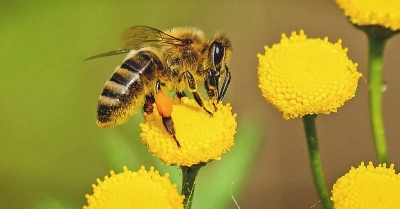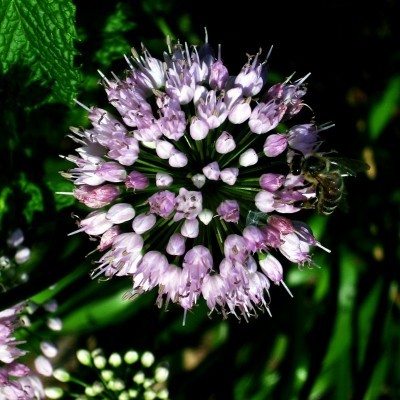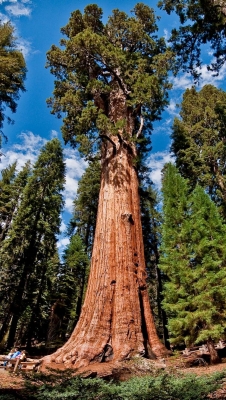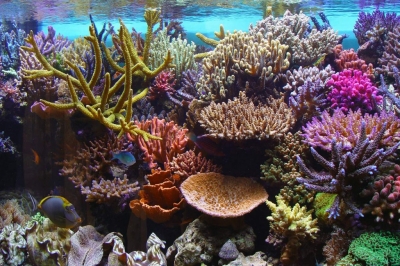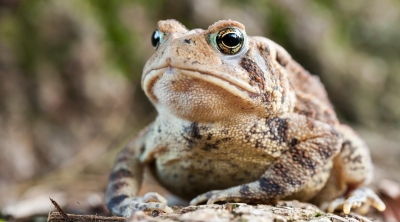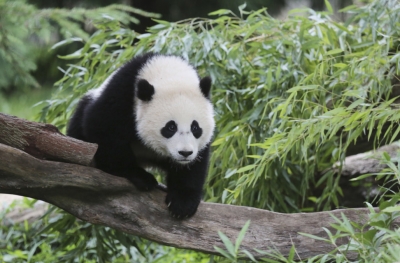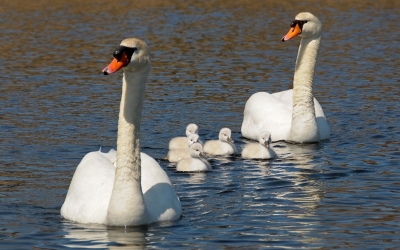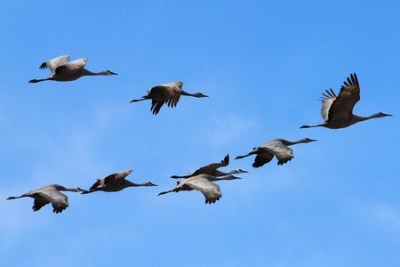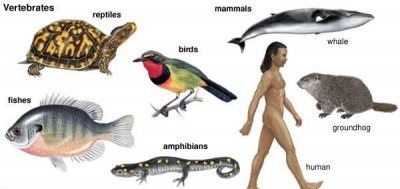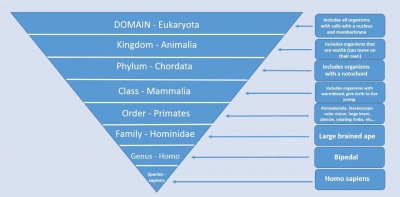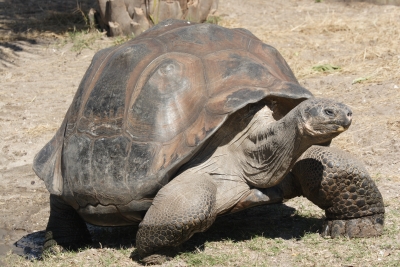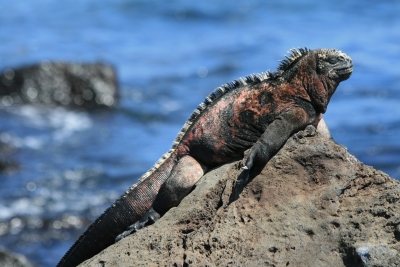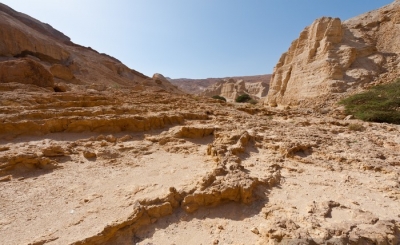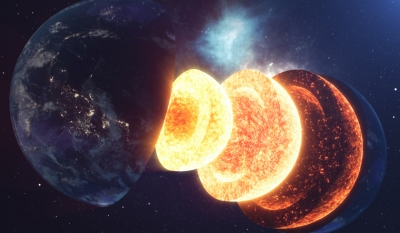When do trees lose their leaves?
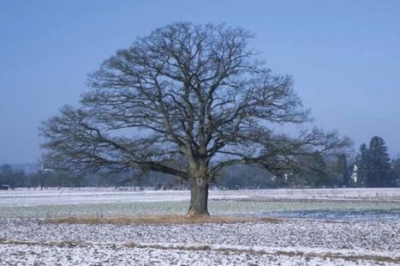
A tree that loses its leaves in winter is called a deciduous tree. Trees that are about to lose their leaves in the autumn conserve their food supplies by withdrawing all the nutrients from the leaves. Chlorophyll is broken down in the leaves, causing their pigment to change. Eventually all the nutrients are moved from the leaves and they wither, turn brown and eventually fall from the tree.
Fact File: Every year a tree grows, it deposits a new layer of cells on the outside of its trunk, beneath the bark. This new layer is called an annual ring. By counting the annual rings it is simple to work out the exact age of a tree. |
Picture Credit : Google
